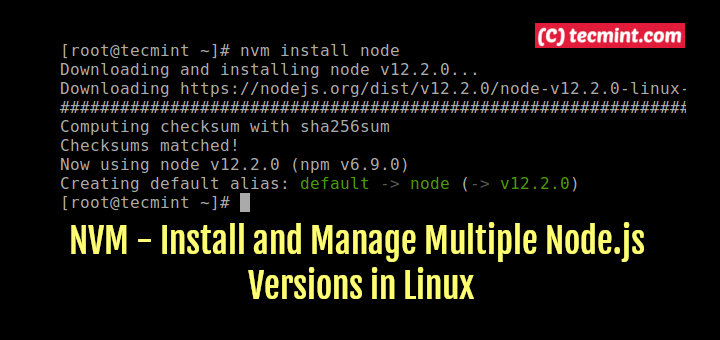

I'm a big fan of yarn for its lightning-fast dependency management. Navigate to the project and install the dependencies by running the below commands.Ī quick note here. You can clone the repo by running the following command: git clone Sample NextJS app I have uploaded the boilerplate repo to Github. There's an excellent article published by Digital Ocean and I use it every time I have to install Node on the server. Once you've logged into EC2, install NodeJS. Run the following command to achieve that: chmod 400 key-pair-name.pemĮC2 by default comes with no software installed. So, you have to set the file permission to 400. Only the root user should be able to read it. Login to the EC2 machine which you've created using the below command: ssh -i /path/key-pair-name.pem you try to log into EC2, this is the common error that most people will encounter (I got it, too): Permissions 0664 for. The steps are almost the same for all Next.js applications. To start simple, let's manually deploy the sample Next.js boilerplate app "hello-world" to EC2. Very basic knowledge of EC2 and IAM AWS Services.How to Setup Auto-Deployment using CodePipeline and CodeDeploy.How to Run a Next.js App Forever When the Console is Closed.How to Run the Next.js App in Production Mode.How to Deploy the Next.js App to AWS EC2.By the end of it, you'll be able to save a lot of time by deploying your app automatically every time you push the code. In this tutorial, I'll guide you through the process of setting up auto-deployment for your Next.js app using the AWS services CodePipeline and CodeDeploy. It made my life so much easier, and I'm excited to share it with you. It can take up a lot of time and energy if it has to be deployed manually every time you make a change.īut I recently discovered a way to automate the deployment process for Next.js apps using AWS CodeDeploy and CodePipeline. Hello Everyone! Deploying a web application is a challenging task (at least for me), especially when it comes to keeping it updated.


 0 kommentar(er)
0 kommentar(er)
